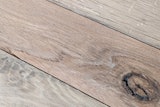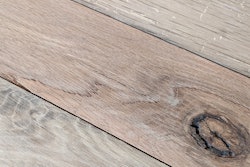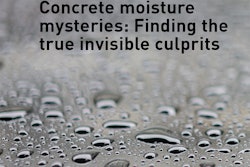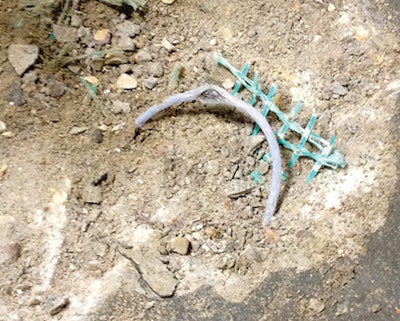
The Problem
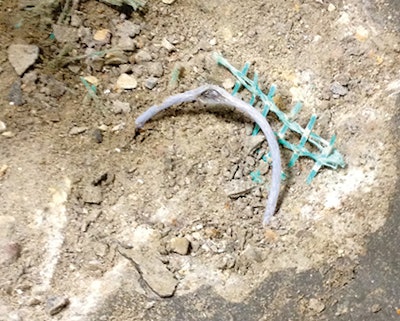
Our technical support team fielded a call from a customer whose electric floor-heating system was not working. A trade professional had recently installed the system, but when the customer first turned on the floor heat after the wood flooring was completed, it didn't work.
The Procedure
The homeowner had purchased 120 square feet of electric heating cable for installation under the hardwood floors in her dining room. A licensed electrician installed the floor-heating cable, and a licensed flooring contractor installed the wood floor by nailing it into wood sleepers over a plywood subfloor on the main level of the home.
The Cause
We asked the customer to use a digital ohmmeter to help find the cause; we were then able to determine there was a short in the heating element. However, the cause of the short was still unknown. To find the cause, we shipped a troubleshooting kit and thermal camera to the home (these items are available for rent to licensed electricians). This allowed the electrician to find the short without touching the flooring. The electrician used it to shoot high voltage down the wire to arc and weld the ground wire to the heating cable, effectively creating a "hot spot." Then, the electrician was able to locate the hot spot—or short—under the flooring using a thermal camera.
After the short was located, the contractor removed the flooring from that area as well as some of the self-leveling cement to expose the cable. The contractor immediately saw that a nail had missed the wood sleeper and pierced the heating cable, causing the ground braid to short against the heating element.
How to Fix the Floor
The electrician used the repair kit to fix the cable, then tested the system with a digital ohmmeter to ensure it was in working order. Then, the flooring contractor applied self-leveling cement over the heating element to fill in the space before the flooring was replaced.
In the Future
We encourage all customers to buy an inexpensive digital ohmmeter and electrical fault indicator when they purchase an electric floor-heating system. The electrical fault indicator ensures that if a break or short occurs during the installation process, the homeowner or trade professional will be alerted instantaneously of the damage. As a result, the problem can be fixed before the flooring is installed.
In particular, we recommend using a combination of a digital ohmmeter and in-circuit testing device at five stages throughout installation. First, a digital ohmmeter should be used to test the heating element right out of the box. Then, an electrical fault indicator should be connected while the heating element is being laid out. Once laid out, the system should be tested with a digital ohmmeter. Next, the electrical fault indicator should be connected while the self-leveling cement is poured and the flooring installed. Finally, a digital ohmmeter should be used to test the system after the self-leveling cement and flooring have been installed.
In this instance, if an electrical fault indicator had been used, it would have immediately alerted the contractor when the nail pierced the heating element. Additionally, this problem could have been prevented if the installer had simply been careful to nail the flooring into only the wood sleepers below. The heating cable was installed in lanes between the sleepers, so nailing the hardwood into the sleepers would have ensured the cable was never touched.











